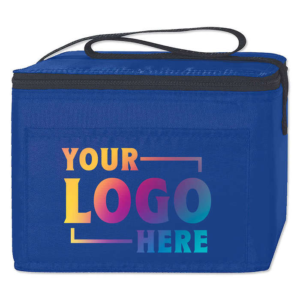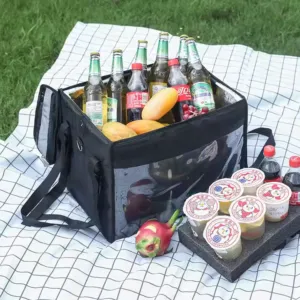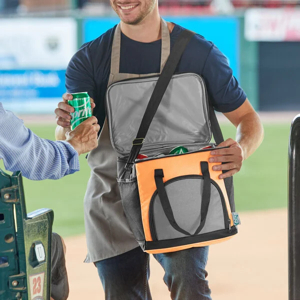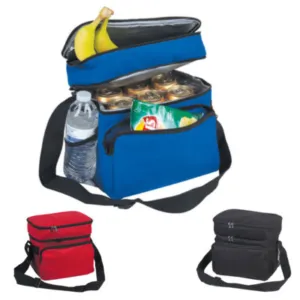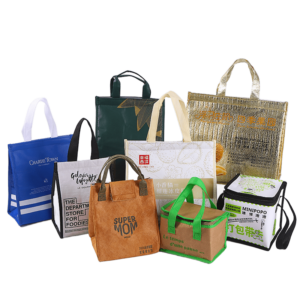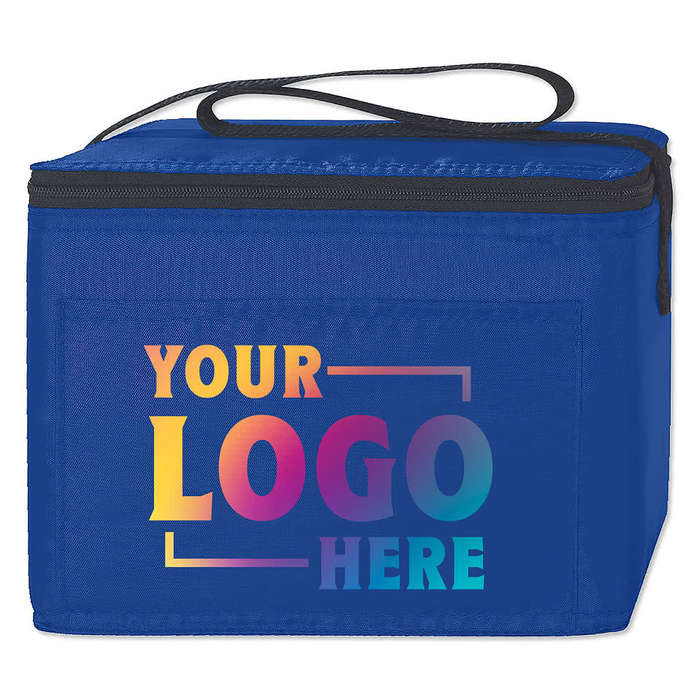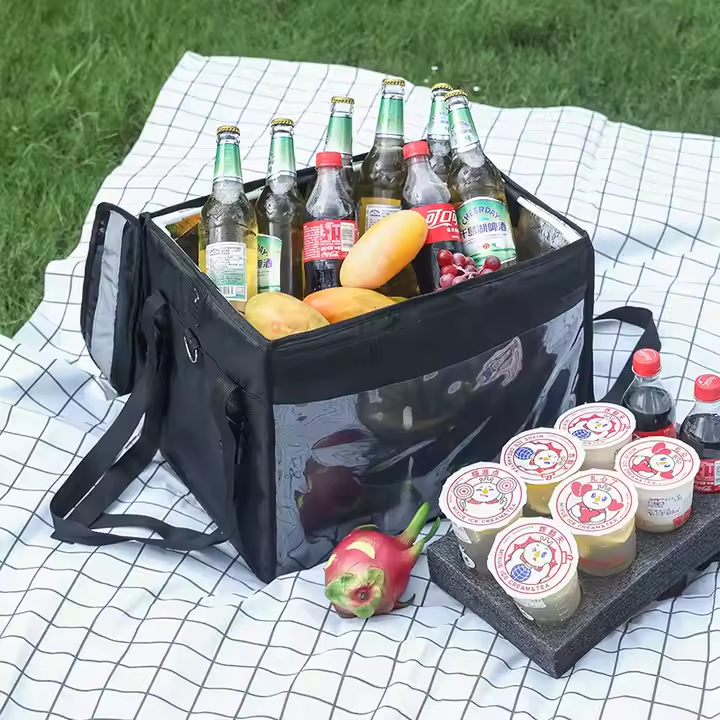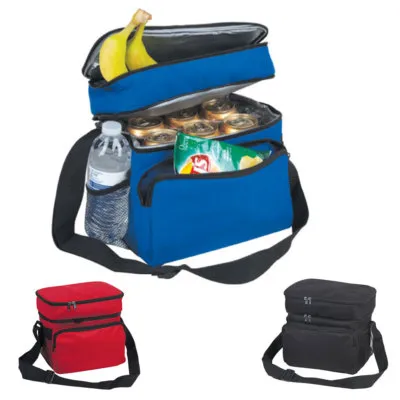Cooler bags are popular for shopping, outdoor activities1, and food delivery2, but many buyers misunderstand the materials used in their construction. This article clears up eight common misconceptions about cooler bag materials, helping businesses and consumers make smarter choices.
8 Common Misconceptions About Cooler Bag Materials

Cooler bags are made from multi-layered materials3 like polyester, nylon4, canvas5, PEVA lining6, foam, and reflective films7. Misunderstanding these materials often leads to wrong assumptions about durability8, safety, and performance.
Many of these misconceptions come from incomplete product knowledge. Let’s explore the truth behind them one by one.
Cooler Bags Are Made Only of Plastic
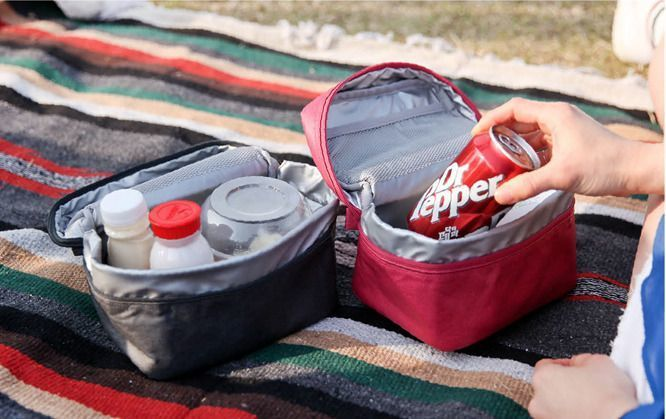
Many people assume that cooler bags are simply plastic bags with insulation. In reality, most cooler bags combine multiple layers of materials. The outer layer is usually polyester or nylon, which gives strength and resistance to tearing. The middle layer is foam, which acts as the insulation. The inner lining is often PEVA (polyethylene vinyl acetate), an eco-friendly9 material that is safe for food contact. This multi-layer design ensures both durability and effective temperature control.
Why This Misconception Exists
Plastic bags are common for carrying groceries, so people assume cooler bags are just thicker versions of them. But in reality, cooler bags use advanced construction to provide insulation and protection.
| Cooler Bag Layer | Material Example | Function |
|---|---|---|
| Outer Layer | Nylon, Polyester | Durability, abrasion resistance |
| Middle Layer | Foam (EPE, PU) | Thermal insulation |
| Inner Layer | PEVA, Mylar film | Food safety, easy cleaning |
Brands like JiaRong Packing use these advanced combinations to make cooler bags that last longer and perform better. Customers benefit from products that keep food fresh and withstand frequent use.
Nylon or Polyester Cooler Bags Are Not Durable
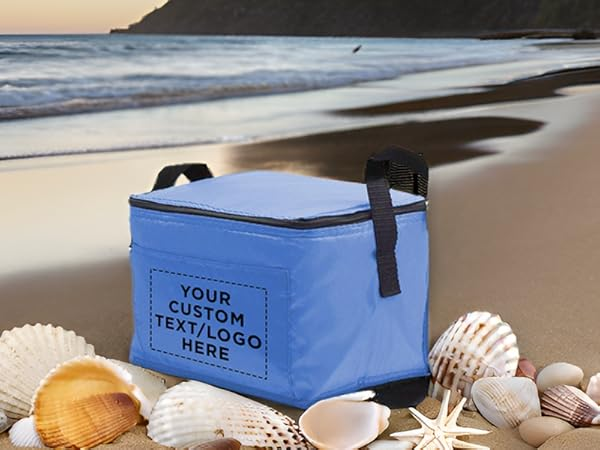
Some customers think nylon4 and polyester fabrics are weak because they are lightweight10. However, these textiles are among the most durable for cooler bags. Nylon resists abrasion and stretching, while polyester resists shrinking and UV damage. Both fabrics are widely used in outdoor gear such as tents and backpacks, which face much harsher conditions than cooler bags.
The Truth About Durability
Nylon and polyester11 cooler bags withstand repeated use, exposure to sunlight, and moisture. Their light weight makes them easy to carry, especially for large capacity bags. Manufacturers also use reinforced stitching and laminated coatings to enhance their durability8.
| Fabric | Key Feature | Durability Example |
|---|---|---|
| Nylon | Abrasion resistance | Common in hiking backpacks |
| Polyester | UV resistance12 | Used in beach umbrellas |
| Both | Lightweight | Comfortable for daily use |
This makes nylon4 and polyester11 cooler bags practical for businesses in food delivery2, outdoor recreation, and travel. Buyers who want long-lasting products should consider these fabrics instead of dismissing them.
Canvas Cooler Bags Are Less Effective Because They Aren't Waterproof
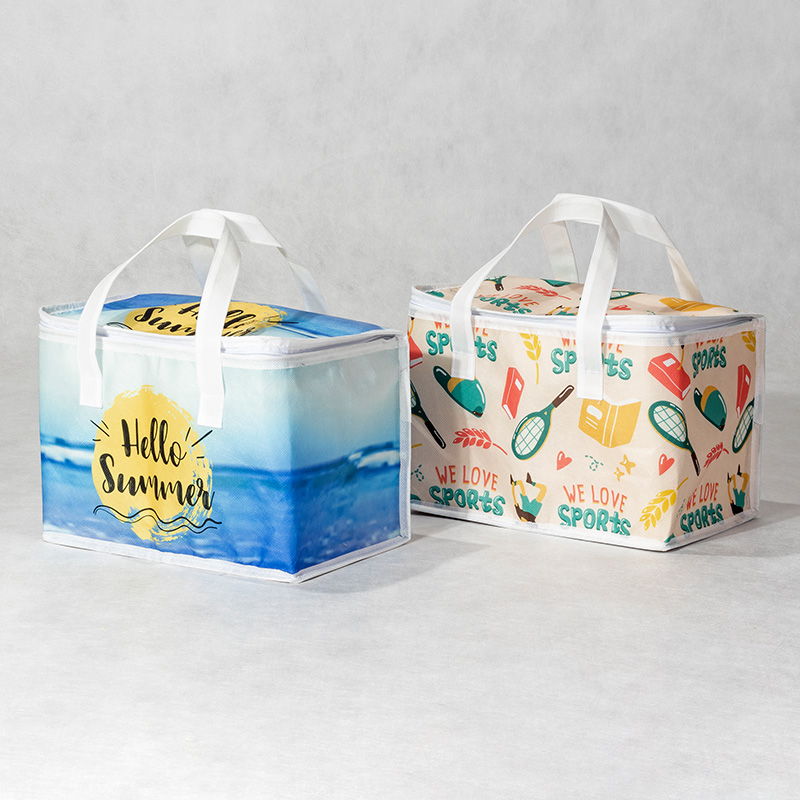
Canvas has a reputation for being less water-resistant compared to synthetic fabrics. This leads to the belief that canvas5 cooler bags are less effective. In reality, canvas offers excellent insulation and high durability8. Many canvas cooler bags include water-resistant coatings or linings that improve their performance.
Why Canvas Remains Popular
Canvas cooler bags appeal to eco-conscious buyers and those who prefer natural-looking, stylish bags. While they may not be naturally waterproof13, their insulation properties match those of polyester or nylon4 cooler bags. Waterproof liners such as PEVA or Mylar make them practical for real use.
| Canvas Feature | Benefit |
|---|---|
| Natural Fiber | Eco-friendly, biodegradable |
| Durable Weave | Strong resistance to wear |
| Stylish Design | Premium appearance |
Canvas cooler bags combine style with function, making them popular for picnics, farmers’ markets, and gift packaging. Businesses offering customized printing14 on canvas5 bags can target eco-friendly9 and lifestyle-oriented buyers.
PEVA Lining Is Toxic or Unsafe
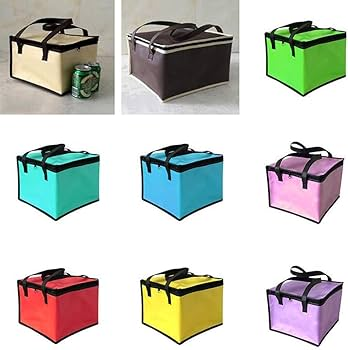
PEVA (polyethylene vinyl acetate) is sometimes misunderstood as unsafe because it resembles PVC. In reality, PEVA is a safer, non-chlorinated material widely used in food packaging and children’s products. It is flexible, lightweight10, and easy to clean, which makes it ideal as a cooler bag lining.
The Safety of PEVA
PEVA does not release harmful chlorine-based chemicals. It is approved for contact with food and beverages. Many premium cooler bags use PEVA because it provides a smooth interior that resists stains and odors.
| Property | Benefit |
|---|---|
| Non-Chlorinated | Safer than PVC |
| Flexible | Easy to fold and clean |
| Food-Safe | Suitable for direct contact |
For businesses, highlighting the use of PEVA can increase consumer trust. At JiaRong Packing, PEVA is a standard choice for lining cooler bags intended for international food markets.
Foam Insulation Is the Same in All Cooler Bags
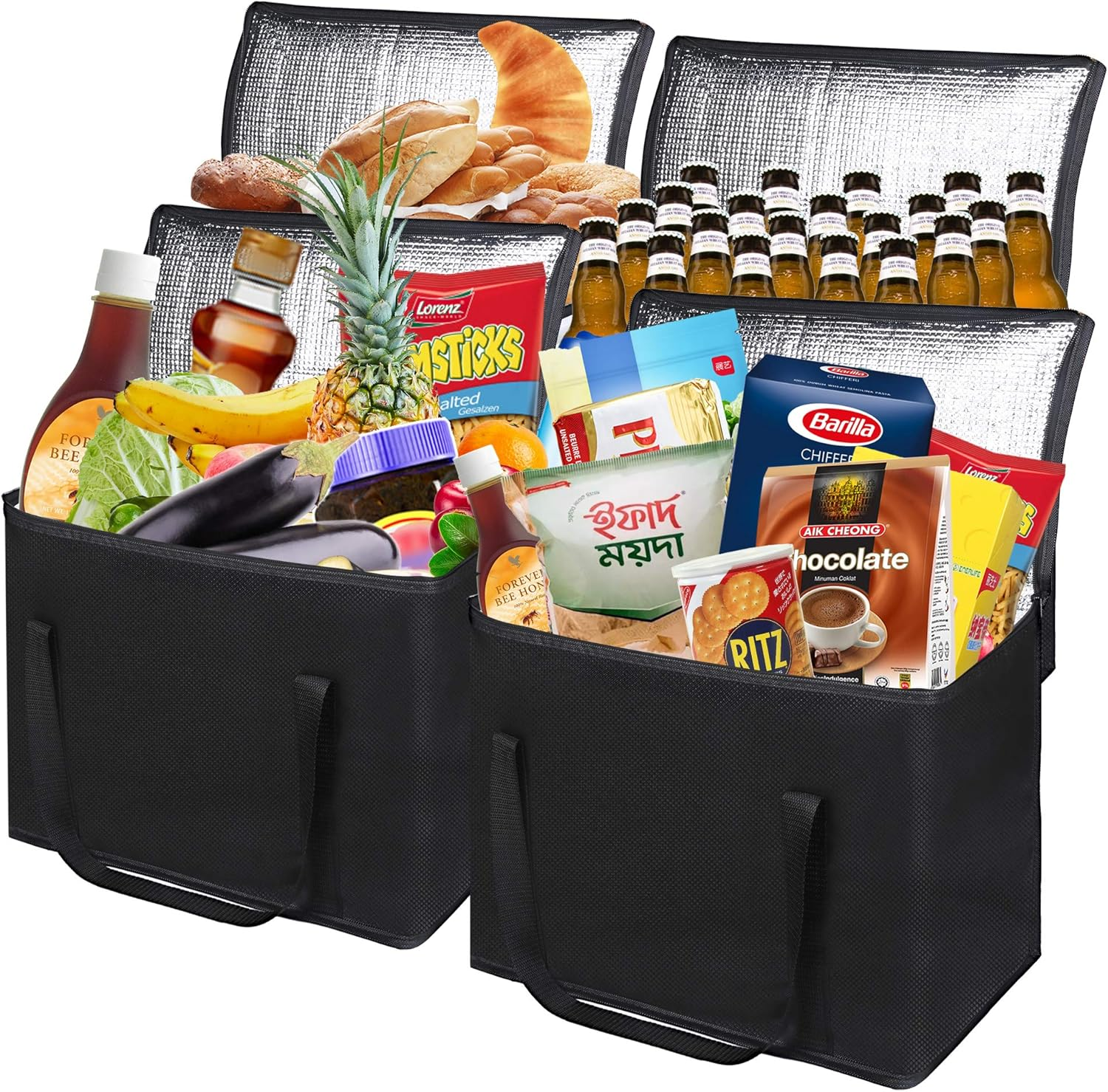
Another misconception is that all foam insulation performs the same. In fact, insulation efficiency depends on foam type, density, and thickness. Some cooler bags use basic polyethylene foam, while others use higher-grade polyurethane foam, which retains temperature for much longer.
Why Foam Matters
Thicker, denser foam prevents heat transfer more effectively. Bags with better foam insulation15 keep drinks cold for a whole day, while low-quality foam may only last a few hours. For businesses, selecting the right foam ensures customer satisfaction.
| Foam Type | Performance |
|---|---|
| EPE (Expanded Polyethylene) | Lightweight, affordable |
| PU (Polyurethane) | High insulation, premium quality |
| EVA (Ethylene Vinyl Acetate) | Flexible, durable |
Choosing higher-grade foam helps cooler bags stand out in competitive markets, especially for outdoor and travel customers.
Cooler Bags Are Waterproof Regardless of Material
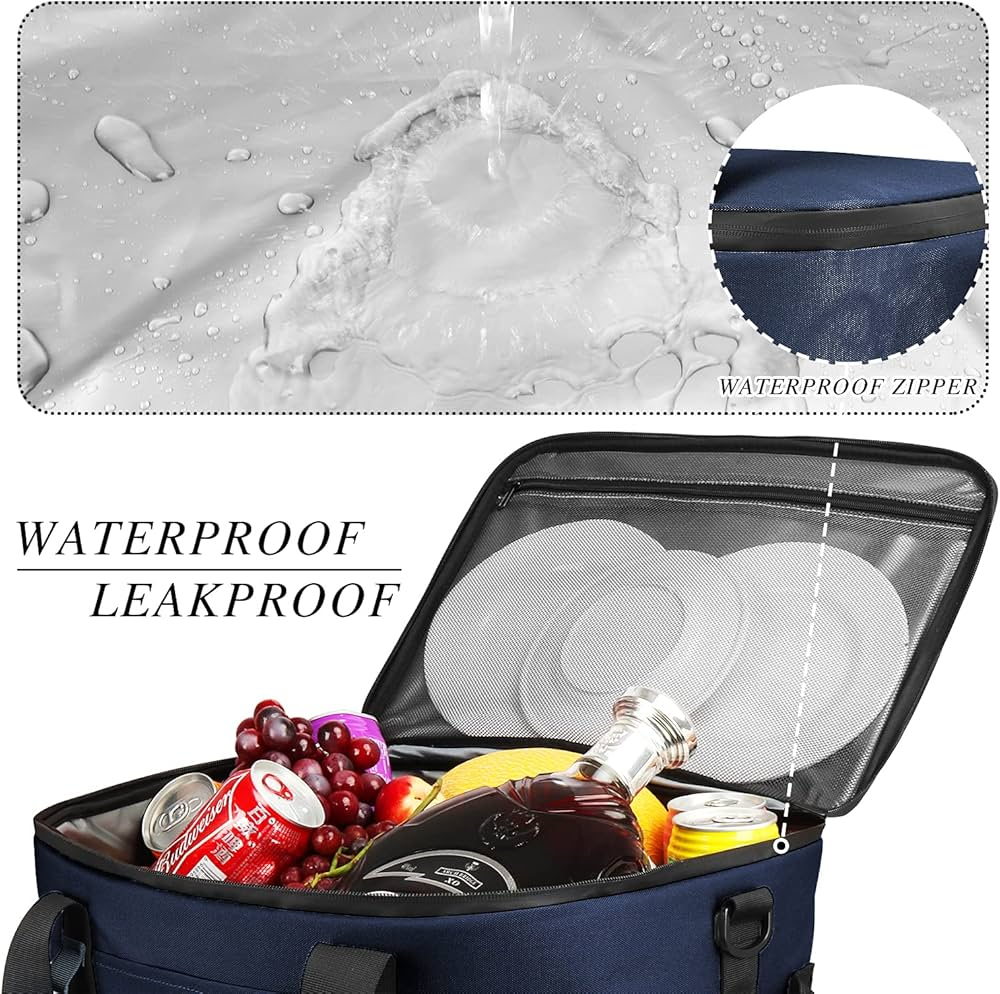
Some people assume all cooler bags are waterproof13. In reality, waterproof13 performance depends on both materials and design. Polyester and nylon may be water-resistant, but true waterproofing requires sealed seams and waterproof zippers.
What Makes a Cooler Bag Waterproof
A bag may resist splashes but still leak when filled with ice water. Fully waterproof cooler bags often use laminated fabrics, welded seams, and special closures. Buyers should always check specifications instead of assuming.
| Design Element | Effect |
|---|---|
| Fabric Coating | Repels water |
| Sealed Seams | Prevents leaks |
| Waterproof Zippers | Stops water entry |
This misconception is dangerous for customers who expect leak-proof storage. Businesses can stand out by clearly communicating waterproof13 features and limitations.
Metal Foil Inside Cooler Bags Is a Metal Layer

Many people see shiny foil inside cooler bags and assume it is solid metal. In fact, this is usually a reflective film such as Mylar. Mylar has a thin layer of metal coating, usually aluminum, which reflects heat but is not a solid sheet of metal.
Why This Matters
Reflective films add insulation without adding weight. Solid metal would make bags heavy and impractical. Mylar is light, flexible, and effective at maintaining temperature.
| Misconception | Truth |
|---|---|
| Solid Metal Layer | Thin reflective coating |
| Heavy Material | Lightweight and flexible |
| Only Decoration | Functional heat reflection |
This distinction helps consumers understand that reflective linings are efficient and safe, not industrial metal sheets.
Cooler Bags Are Suitable for Hot and Cold Without Distinction
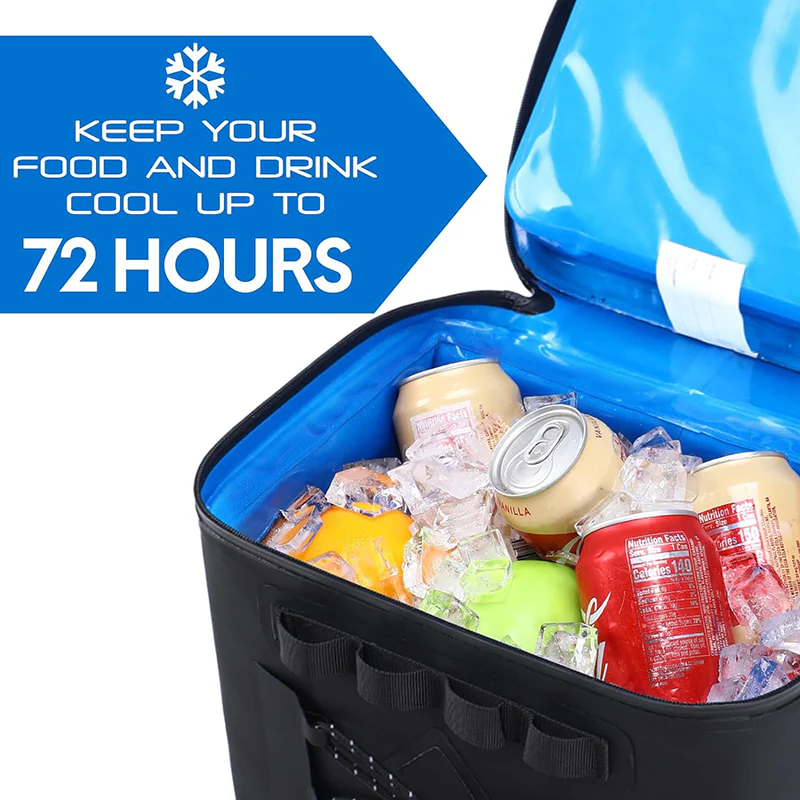
Many assume cooler bags work equally well for hot and cold items. In fact, not all materials perform the same in retaining heat. Some liners are designed for cold insulation only and may degrade when holding hot food.
The Real Difference
Cooler bags with PEVA or Mylar16 linings work for both hot and cold, but performance varies. Bags with higher-grade foam and reflective lining handle hot items better. Bags without sealed seams may also leak when holding hot liquids.
| Bag Feature | Cold Retention | Hot Retention |
|---|---|---|
| Basic PEVA | Good | Moderate |
| PU Foam + Mylar | Excellent | Excellent |
| Thin Foam | Weak | Weak |
Businesses should clarify whether a bag is suitable for hot food delivery or only cold storage. At JiaRong Packing, cooler bags are tested for both hot and cold use, ensuring versatility.
Conclusion
Cooler bag materials are more advanced and diverse than many people realize. They combine fabrics, foam, linings, and reflective films to balance durability, safety, and insulation. Misconceptions about plastic, canvas5, PEVA, foam, waterproofing, and metal layers often lead buyers to underestimate cooler bag performance.
From my experience working with packaging, the best approach is to match material choice to the customer’s actual needs. Outdoor enthusiasts may want high-performance nylon and PU foam, while supermarkets may prefer canvas or polyester11 for branding. Businesses that understand material science can choose products that perform better and last longer.
Which material do you prefer for your cooler bags? Share your thoughts in the comments and explore more options at JiaRong Packing’s cooler bag collection.
-
Find out which cooler bags are best suited for outdoor adventures and activities. ↩
-
Discover essential features for cooler bags used in food delivery to ensure quality. ↩ ↩
-
Understanding multi-layered materials can help you choose the best cooler bag for your needs. ↩
-
Learn how nylon enhances the durability and performance of cooler bags. ↩ ↩ ↩ ↩
-
Discover why canvas is a popular choice for cooler bags and its insulation properties. ↩ ↩ ↩ ↩
-
Find out why PEVA is a preferred material for cooler bag linings and its safety features. ↩
-
Explore the role of reflective films in maintaining temperature in cooler bags. ↩
-
Understanding durability factors can help you choose a long-lasting cooler bag. ↩ ↩ ↩
-
Explore eco-friendly options for cooler bags that are safe for the environment. ↩ ↩
-
Explore the advantages of lightweight materials for easy transport of cooler bags. ↩ ↩
-
Explore the benefits of polyester in cooler bags, including durability and resistance to wear. ↩ ↩ ↩
-
Find out how UV resistance can enhance the lifespan of cooler bags. ↩
-
Learn about the features that contribute to a cooler bag's waterproof capabilities. ↩ ↩ ↩ ↩
-
Learn how customized printing can make cooler bags more appealing to consumers. ↩
-
Understanding foam types can help you select a cooler bag with optimal insulation. ↩
-
Discover the benefits of Mylar in cooler bags and its insulation properties. ↩


